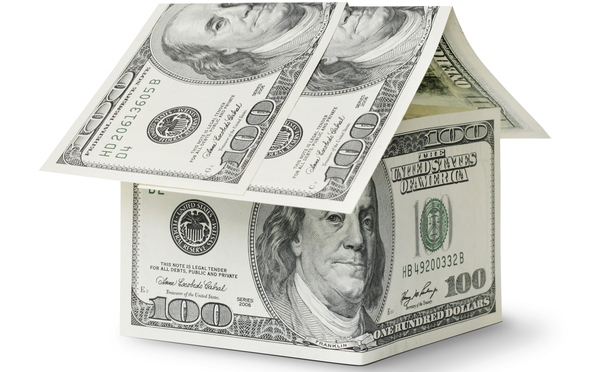Given New York’s position as a financial and business center, many people who live outside New York regularly commute here for work. As a matter of convenience, certain of these people own or rent, say, a pied à terre in New York City or a beach house in the Hamptons, which although available to them all year and suitable for year-round use, are in many cases not actually used by them much if at all. Because New York’s tax rules treat a nondomiciliary of New York who is in New York more than 183 days a year as a New York resident if he maintains a permanent place of abode (PPA) in New York, and because New York resident individuals are generally subject to New York income tax on their worldwide income, the critical question for someone in this situation is whether the place will be considered his PPA regardless of the amount of time actually spent there.
Earlier this year, the Court of Appeals, in Gaied v. Tax Appeals Tribunal,1 provided these individuals with hope for a favorable result, holding that in order for a dwelling to be considered a PPA maintained by the taxpayer, the dwelling must be “utilized as the taxpayer’s residence” and “the taxpayer must, himself, have a residential interest in the property.” The New York State Department of Taxation and Finance recently revised its audit guidelines in light of Gaied,2 but continues to instruct auditors to treat an individual who has access to an abode in New York as maintaining a PPA there irrespective of how much he actually uses the place. This article describes the PPA requirement and the Gaied case, analyzes the manner in which the guidelines interpret Gaied and concludes that the department’s interpretation of Gaied may be subject to challenge.



